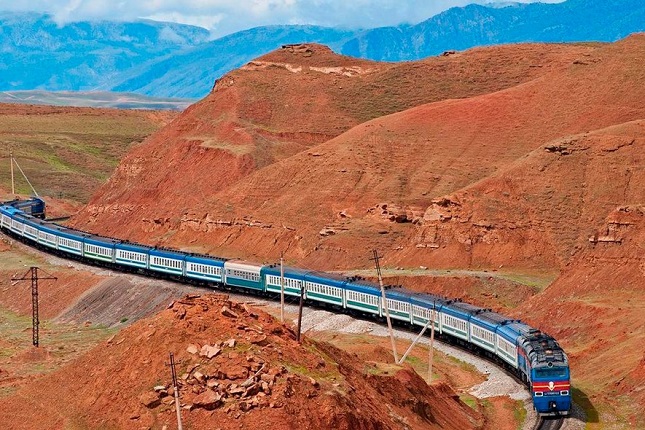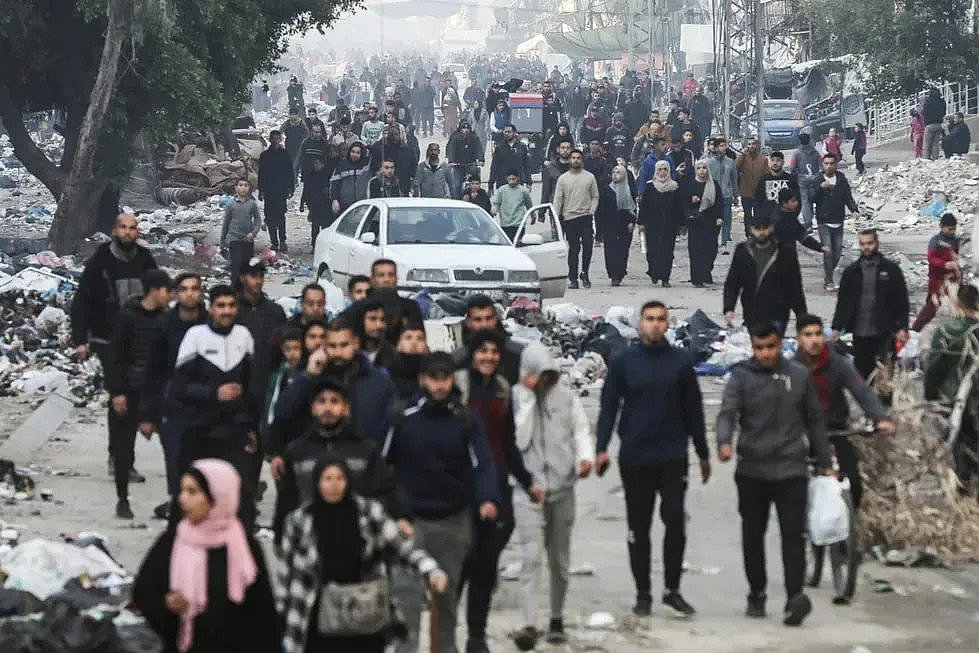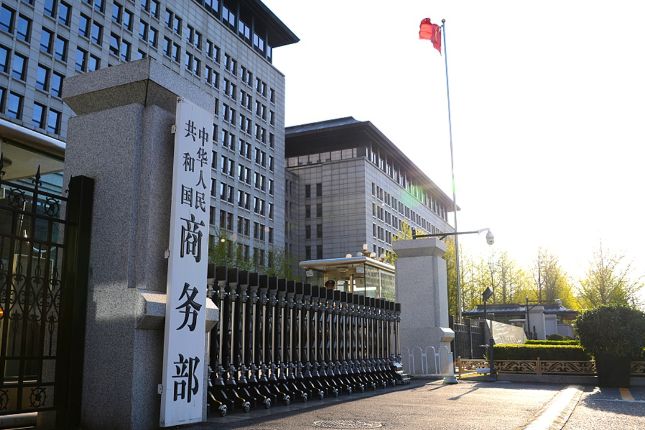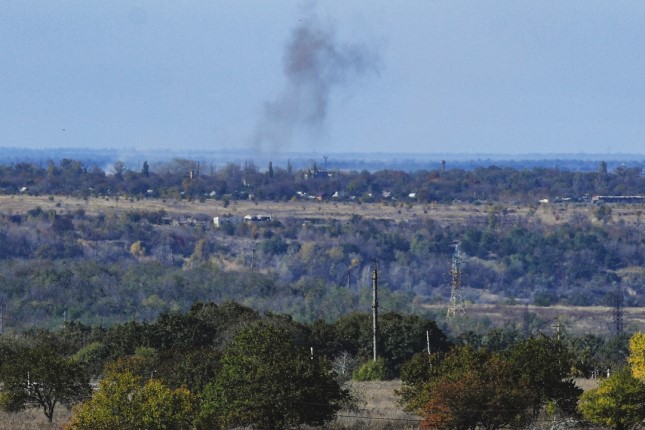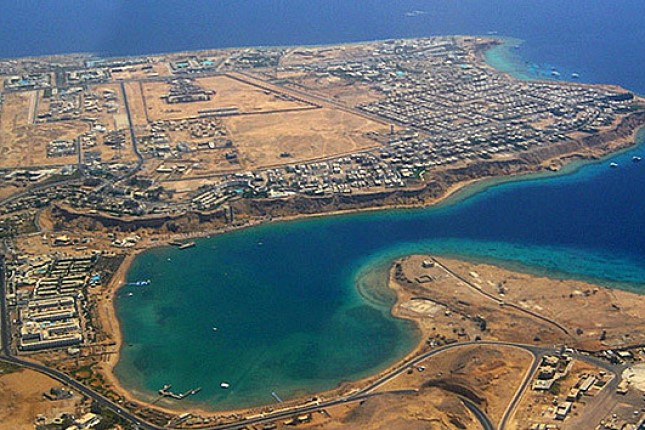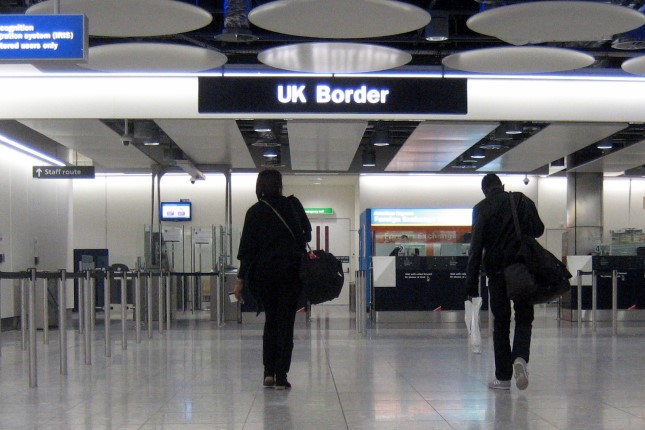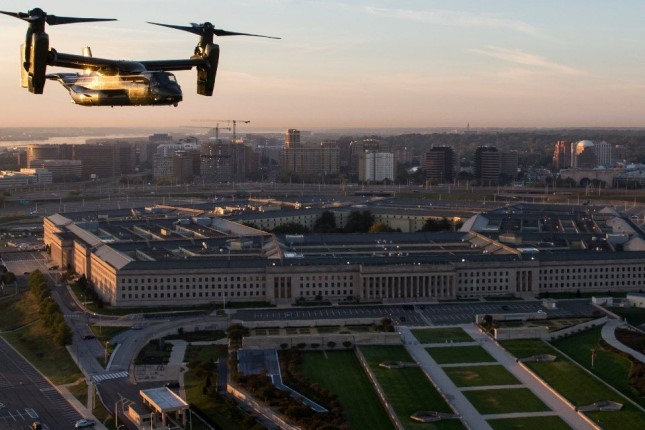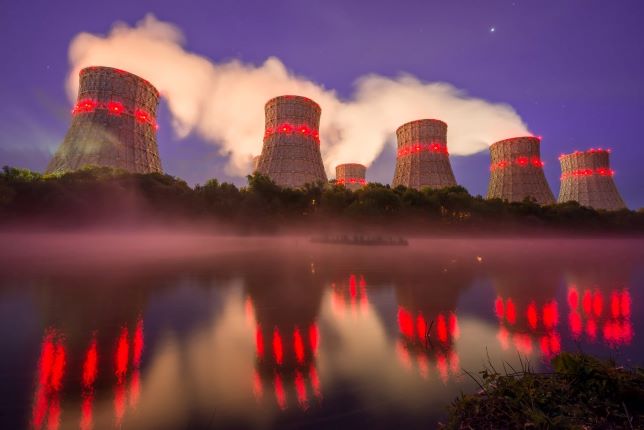In early June, Hong Kong's oldest newspaper, the South China Morning Post, released an extensive article about the China-Kyrgyzstan-Uzbekistan railway project, which will link Kashgar (Xinjiang Province) with Andijan in the Fergana Valley. Once again, the railway construction was reported as a done deal, and its building is due to begin next 2023.
According to the journalists, the complex railway line will connect Eastern China with Europe and the Middle East and bring "enormous economic benefits" to Beijing and Central Asian countries. Nevertheless, it will stoke the "geopolitical competition" between China, Russia and the United States in the turbulent region. In fact, the authors are wrong, as there will be no economic benefit or geopolitical conflict as the railroad will not be built soon.
China has been pursuing plans to build the railroad for a quarter century, but Kyrgyzstan's position has always held it up. All the presidents (not excluding the current president Sadyr Zhaparov) and government officials of independent Kyrgyzstan, wishing to make money, invariably spoke in favour of the earliest possible construction, but the project continued to delay.
The supposed track gauge of the new route in the Central Asian territory became the stumbling block. China uses the European track gauge of 1,435 mm, while Kyrgyzstan and Uzbekistan have the Soviet gauge of 1,520 mm. It would be appropriate to perform a bogie exchange in the mountains, not at the border, as in Europe, but "down" on the plain, in a centre, that is, in China’s Kashgar or Uzbekistan’s Andijan. The issue of the gauge track is primarily a strategic military one.
The emergence of the Chinese gauge in the most populated region of Central Asia (the population density in the Fergana Valley is comparable to India's) means an automatic spread of Chinese influence over the entire Central Asian aoecumene.
Russia, which considers the former USSR a zone of influence, disapproves of such a move. Therefore, under the watchful eye of Moscow, Kyrgyzstan has always insisted on the Soviet track of 1520 mm. The Chinese seemed to agree with this approach, and the Kyrgyz parliament approved the railroad construction. Suddenly, the Chinese began to change the technical characteristics of the feasibility study after the project was approved.
Given the new parameters (the width of the bridges, tunnels, etc.), it became clear that China would run its European track to Andijan. Changes also implied the introduction of Chinese heavy construction equipment, which goes hand in hand with military equipment.
During an official public meeting in late September 2020, the Russian president sent Kyrgyzstan's then president Sooronbai Jeenbekov his favourite "black spot." Instead of Sooronbai Sharipovich, he called him Shariman Sharipovich. After mass protests, Jeenbekov was removed from his post two weeks later.
Since Russia is at war in Ukraine and Central Asia is becoming increasingly unstable, Moscow will not allow the Chinese military into the Fergana Valley. Beijing has deployed elements of the global Echelon intelligence system in Xinjiang, allowing the Americans to bug the Russian military-industrial complex in Siberia and the Southern Urals.
In addition, the entering of "Soviet" territory in the Pamir Mountains (a base in Tajikistan's Gorny Badakhshan) is an issue that requires its resolution. Moreover, Hong Kong journalists do not know that despite the rhetoric, the Chinese themselves do not need this road in the short term.
During the official visit of Kyrgyzstan President Japarov to China to meet with the Chairman of PRC Xi Jinping, this issue was discussed publicly, and it was not included in the official communiqué of the negotiations.
The deteriorating situation in Central Asia and the threats to Chinese Muslim Xinjiang prompted China to fence off Kyrgyzstan, Kazakhstan, Uzbekistan and Tajikistan under the pretext of COVID-19. The border is not just locked for the citizens of these countries: even a small delegation of the President of Kyrgyzstan was forced to provide documents to the Chinese in two weeks, which seems unacceptable at this level. China is thus on "passive defence" in Central Asia, and the situation will last for several years.
When we consider global strategic projects designed for decades, we see two international transport projects converge and "confront" each other on the tiny Kyrgyz territory. These are the latitudinal Sino-European project, which will not be completed in the next couple of years, and the Indo-Siberian railway, whose key section is to be built as the mountain road from Bishkek to Osh in Kyrgyzstan, with a further connection over the Pamirs to Pakistan and India.
The second route is the American-Russian "long" project to build a railway line through Yakutia, the Kolyma tract, and Chukotka to Alaska. Certain sections of the project seem fantastic today but are discussed in the expert community and are already being implemented. The expensive yet "dead-end" Yakutia branch of BAM-Tommot, for instance, should be considered in this strategic way.
